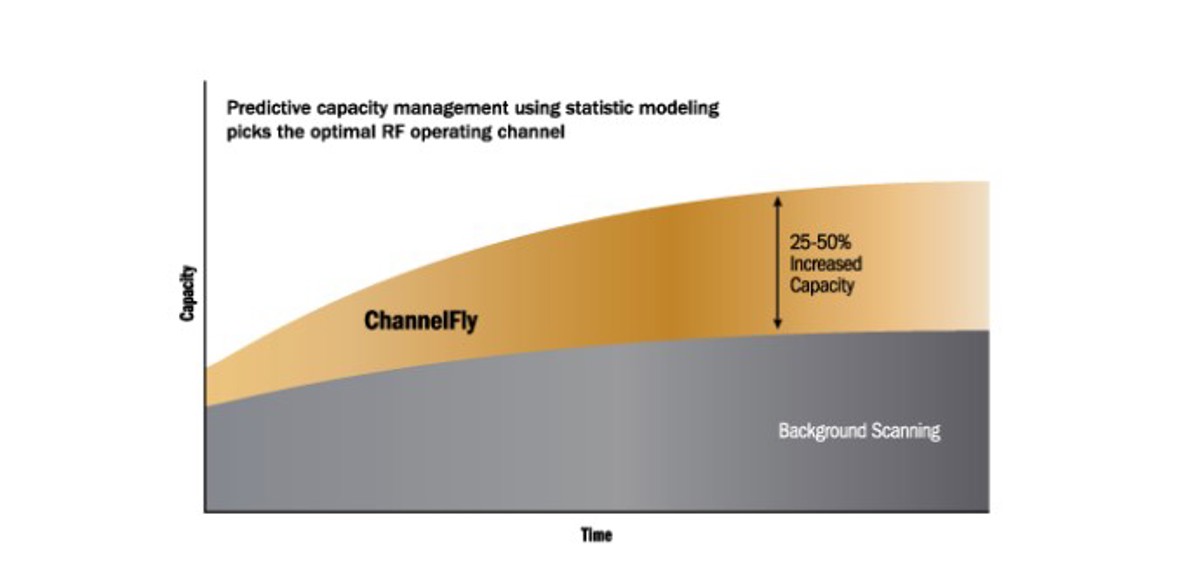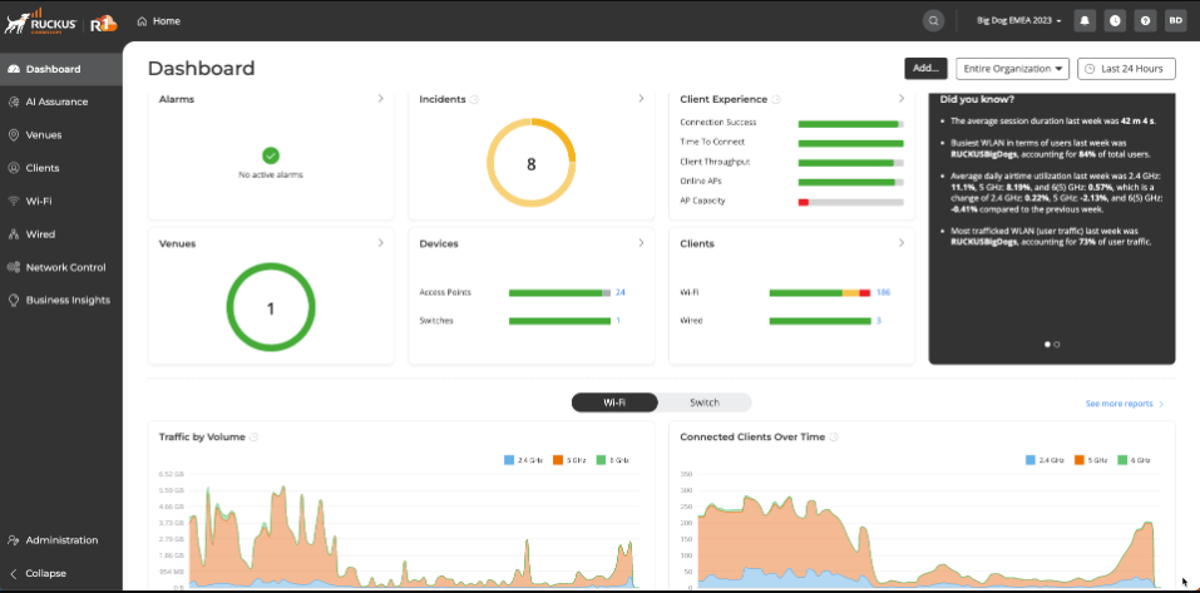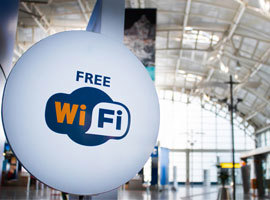Wi-Fi Deployment Project Plan
Deploying a new wireless network is a challenging undertaking that only grows more complicated as businesses grow in scale and geographic distribution. A well-developed plan is critical to the success of any technology initiative, but with so many individual tasks and moving pieces involved, it’s hard to know where to start.
The four basic steps involved in a Wi-Fi deployment project plan are:
- Gathering requirements and documentation
- Designing the Wi-Fi deployment
- Configuring and installing wireless solutions
- Supporting the deployment after launch
In this guide, the wireless networking experts at MBSI WAV explain what’s involved in each step and provide tips on streamlining your Wi-Fi deployment with RUCKUS Networks.
MBSI WAV offers RUCKUS Network solutions to simplify every step of your Wi-Fi deployment project plan. Reach out today to learn how to join the RUCKUS Partner Program.


Step 1: Gathering Requirements
As with any project, the first step in a Wi-Fi deployment project plan is gathering requirements for the network. Meet with all stakeholders to determine the services and capabilities required and collect as much documentation as possible about the deployment site, including the number of wireless devices and any potential interference or signal-blocking materials.
Tip: RUCKUS Networks provides wireless access points to overcome Wi-Fi deployment challenges, including outdoor environments and signal-blocking building materials.
Step 2: Designing the Wi-Fi Deployment
Using your compiled requirements, design the layout of the Wi-Fi network, including the placement of wireless access points. Key considerations include how many clients in a given area will connect to Wi-Fi and where the biggest bandwidth-hogging applications are used. The fewer APs you need to deploy, the better, but you must still provide adequate capacity and coverage.
Tip: RUCKUS Networks offers a range of high-density wireless solutions using ChannelFly dynamic channel technology to optimize usage and bandwidth for up to 1536 concurrent users. Deploying RUCKUS solutions minimizes the number of APs you need to purchase and manage without sacrificing coverage or performance.


Step 3: Configuring and Installing Solutions
With a finalized design in place, it’s time to order, configure, and install the new Wi-Fi network’s wireless solutions. The best practice for large deployments is to break them up into manageable pieces and perform testing at regular intervals to ensure you catch any configuration mistakes before they’re copied to other devices or even pushed to production.
Tip: RUCKUS One is a cutting-edge, cloud-managed Wi-Fi solution that uses artificial intelligence (AI) technology to simplify wireless network provisioning, management, and troubleshooting for even the most complex enterprise deployments.
Step 4: Supporting the Deployment
The final step in a Wi-Fi deployment project plan starts as soon as the new wireless network comes online. Teams must monitor network performance and correct any configuration errors that made it into production. They also must prepare for increased support requests from users experiencing problems with the transition. Then, they must continually monitor, optimize, and support the new wireless network.
Tip: RUCKUS Network Director delivers unified monitoring of your entire Wi-Fi deployment from a single dashboard. RUCKUS SmartZone network controllers further simplify operations post-deployment by converging wired and wireless network management in one interface for ultimate efficiency.

Streamline Your Wi-Fi Deployment Project Plan With RUCKUS Networks
RUCKUS Networks offers wireless solutions to streamline every step of your Wi-Fi deployment project plan.
| RUCKUS Wireless Access Points | RUCKUS APs are designed to overcome the biggest Wi-Fi challenges discovered in the gathering requirements stage, including outdoor environments and unusual deployments like hotels. |
|---|---|
| RUCKUS ChannelFly | ChannelFly dynamic channel technology makes it possible for a greater number of users to connect to the same access point, simplifying Wi-Fi deployment design by reducing the number of APs. |
| RUCKUS One Cloud Management | RUCKUS One uses AI technology to automate Wi-Fi configuration, management, and support tasks, enabling lean IT teams to optimize wireless network deployments even in large enterprise environments. |
| RUCKUS Network Director | RUCKUS Network Director provides a single dashboard for teams to monitor Wi-Fi operations across the entire enterprise network so they can track performance KPIs and quickly respond to issues that arise. |
| RUCKUS SmartZone | SmartZone network controllers streamline ongoing Wi-Fi operations by converging network management for both wired and wireless networks in a single location. |
As a trusted RUCKUS Networks distributor, MBSI WAV can connect you with the top hardware and software solutions for your new Wi-Fi deployment. Joining the RUCKUS Partner Program gives you access to priority in-stock devices with the best pricing and support.
To learn more about streamlining your Wi-Fi deployment project plan with RUCKUS Networks, contact the wireless experts at MBSI WAV today.
With so many benefits to becoming a RUCKUS Networks Partner through the MBSI WAV Partner Program, the choice is easy. As a wired and wireless equipment distributor specializing in connecting your customers, we are proud to be a trusted RUCKUS Networks distributor with the largest and most consistent stocking position in the market for our WISP, ISP, and integration partners.


















